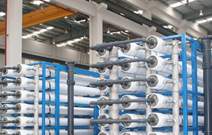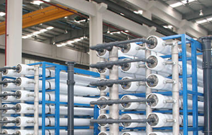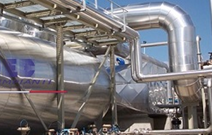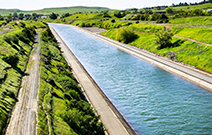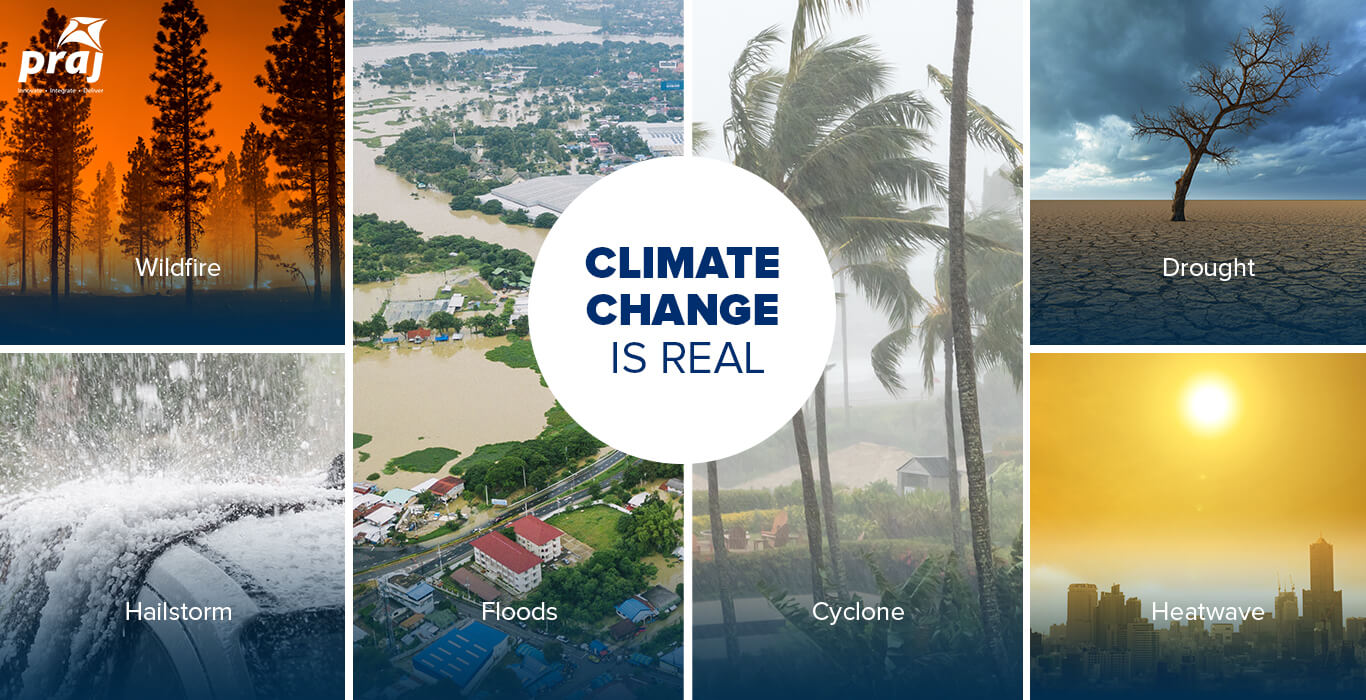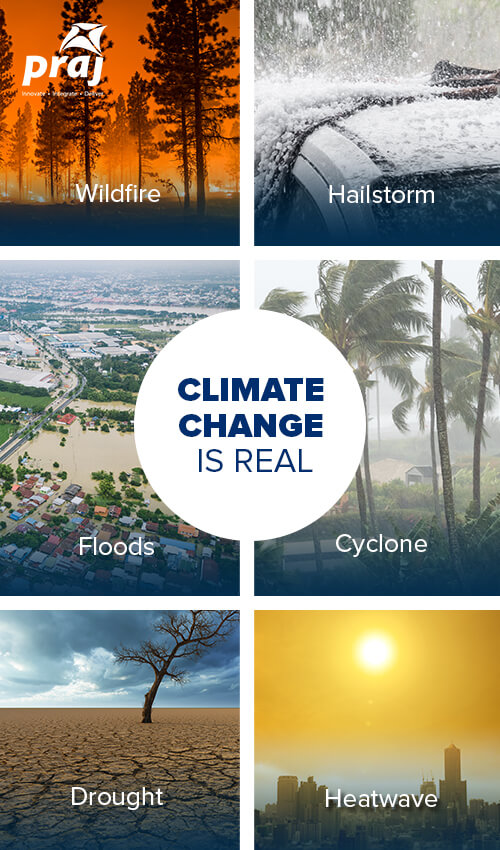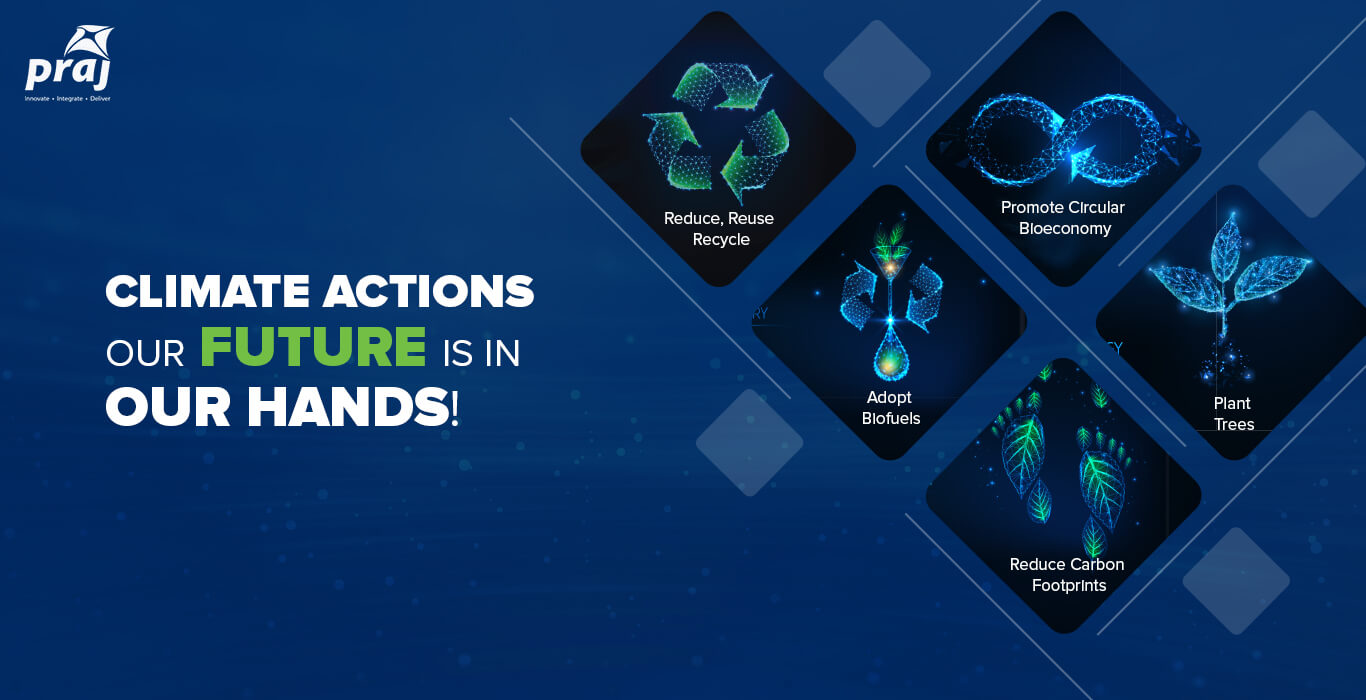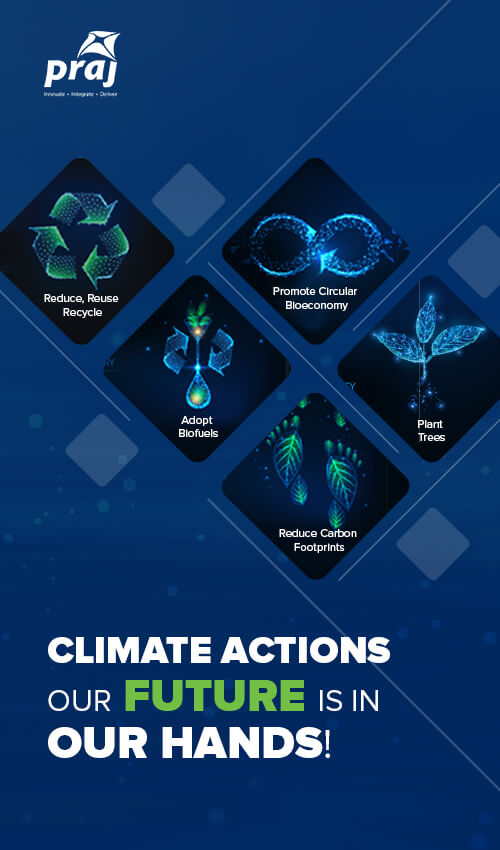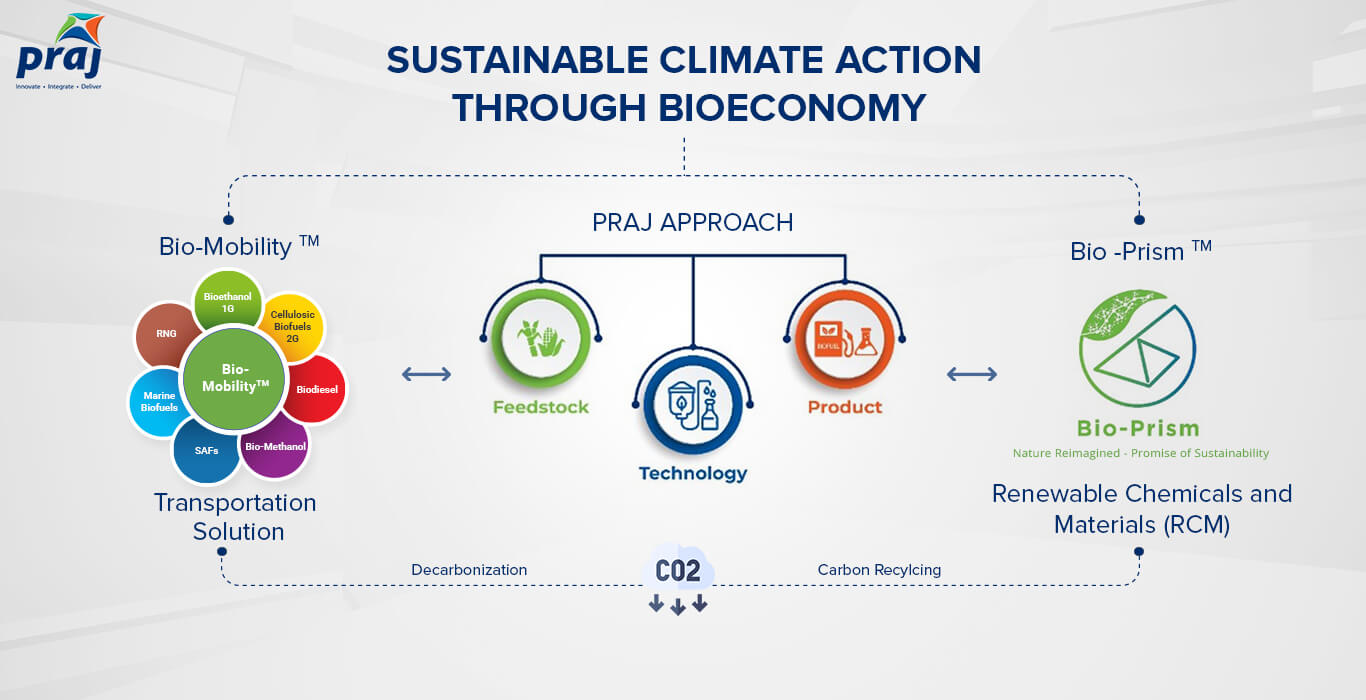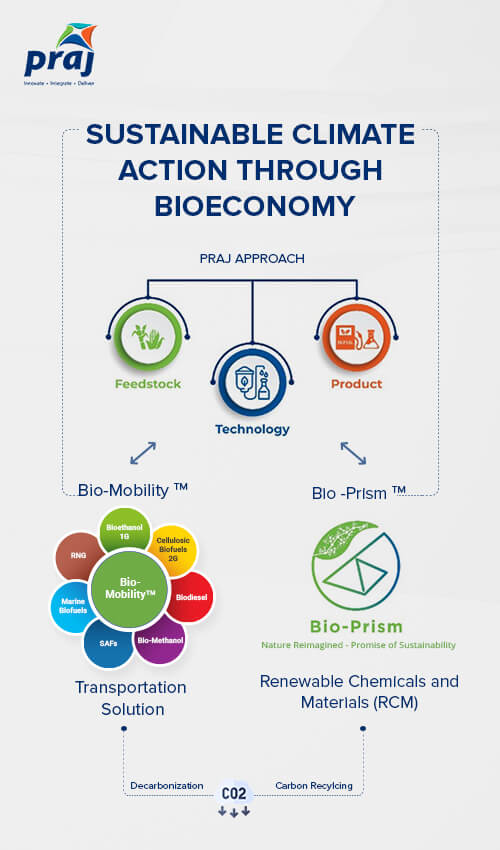ZLD and Resource recovery
Regulatory norms are becoming more stringent day by day, making ZLD solutions an imperative. A ZLD system implies that practically no liquid waste goes outside the boundaries of the manufacturing facility.
Praj offers various combinations like recycle & reuse, evaporation & crystallization in designing ZLD systems.
Evaporation is the process of vaporization of solvent from solution in order to increase the concentration of the solute. Evaporation is extensively energy intensive unit operation. Praj with > 750 installations all over the world, has deep understanding of various industrial processes and related systems for Zero Liquid Discharge using thermal solutions like Evaporators & Dryers.
Multi Effect Evaporator
Multiple effect evaporator efficiently uses the heat from steam to evaporate water to concentrate dissolved salts in the water. Water is boiled in sequential vessels, each held at lower pressure than the previous. As boiling of water decreases with pressure, vapors produced in one vessel can be used to heat the next vessel.
Advantages
- Ease of operation
- Most efficient evaporation system
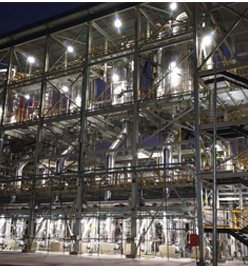
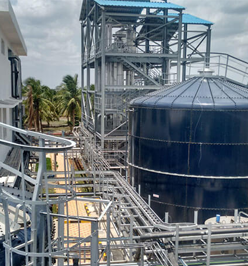
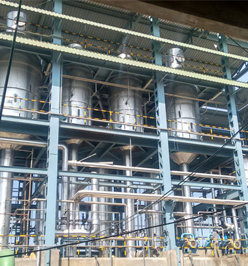
Thermal vapor recompression (TVR)
- Steam Jet Ejector is used to raise the temperature and pressure of generated vapors from respectice effect of evaporator.
- The motive steam mixes with the part of vapors generated from respective effect of evaporator.
- Resultant vapors (motive steam + part of vapors from respective Effect) are utilized for effect of condensation.
- It increases overall energy efficiency of multiple effects Evaporation Plant.
Mechanical Vapor Recompressor
This is the most energy efficient system for evaporation, which requires almost zero steam and cooling water during steady operation.
Mechanical vapor re-compression system can work with any kind of evaporator like falling film evaporator, forced circulation evaporator or plastic evaporator.
Advantages
- Low energy consumption
- Higher performance coefficient
- Reduced load on cooling tower
- Simple to operate and maintain
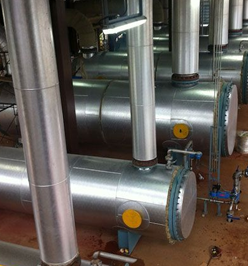
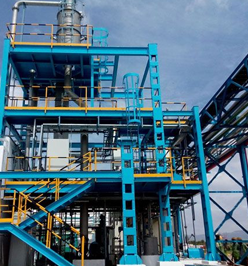
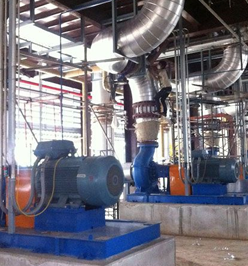
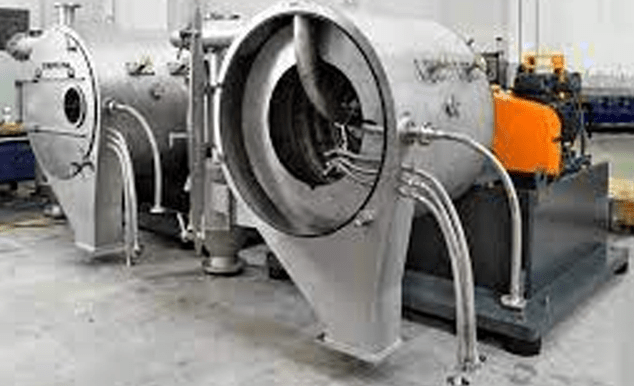
Crystallizer
This is Photoshop's version of Lorem Ipsum. Proin gravida nibh vel velit auctor aliquet. Aenean sollicitudin, lorem quis bibendum auctor, nisi elit consequat ipsum, nec sagittis sem nibh id elit. Duis sed odio sit amet nibh vulputate cursus a sit amet mauris. Morbi accumsan ipsum velit. Nam nec tellus a odio tincidunt auctor a ornare odio. Sed non mauris vitae erat consequat auctor eu in elit. Class aptent taciti sociosqu ad litora torquent per conubia nostra, per inceptos himenaeos. Mauris in erat justo. Nullam ac urna eu felis dapibus condimentum sit amet a augue. Sed non neque elit. Sed ut imperdiet nisi. Proin condimentum fermentum nunc. Etiam pharetra, erat sed fermentum feugiat, velit mauris egestas quam, ut aliquam massa nisl quis neque. Suspendisse in orci enim.
Agitated Thin film Dryer (ATFD)
Agitated thin film dryers are used for continuous drying of heat sensitive products with total solvent recovery. This is ideal for drying pharmaceuticals, bulk drugs and intermediates, organic and inorganic salts.
Agitated Thin Film Dryer (ATFD) is the final stage equipment in Zero Liquid Discharge plant. Concentrated liquid is spread over the wall of jacket vessel to form thin film. Due to film technology high heat transfer coefficient is achieved and liquid gets evaporated. Powered product is collected from the bottom of the ATFD.
Scrapping blades are provided to scrap the powder from wall of jacket to keep surface area ready for new film evaporation. Evaporated vapors are condensed in separate condenser for solvent recovery.
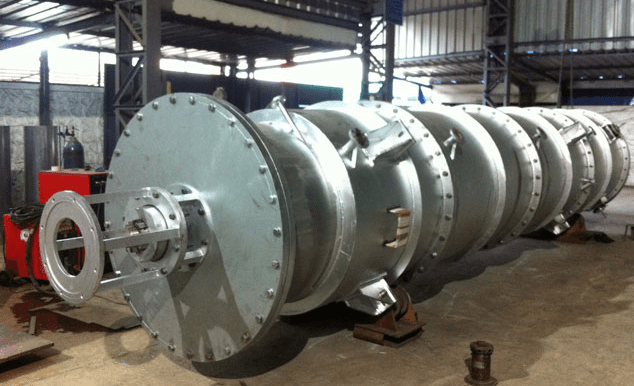
Spray Dryer
Spray drying is a method of producing a dry powder from a liquid or slurry by rapidly drying with a hot gas. This is the preferred method of drying of many thermally-sensitive materials such as foods and pharmaceuticals. Spray Dryer takes a liquid stream and separates the solute or suspension as a solid and the solvent into a vapor. The solid is usually collected in a drum or cyclone. The liquid input stream is sprayed through a nozzle into a hot vapor stream and vaporized.Solids form as moisture quickly leaves the droplets. A nozzle is usually used to make the droplets as small as possible.
Applications of Spray Dryers
- Food and beverages: Production of milk powder, coffee, tea
- Pharmaceutical: Antibiotics, medical Ingredients
- Industrial: paints, ceramic materials
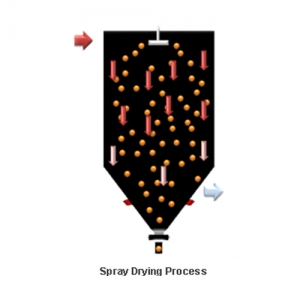
Applications
- Effective for viscous, fibrous and crystalline products
- High heat transfer rates due to film boiling
- Compact design
- Complete solvent recovery
- Easy to maintain



